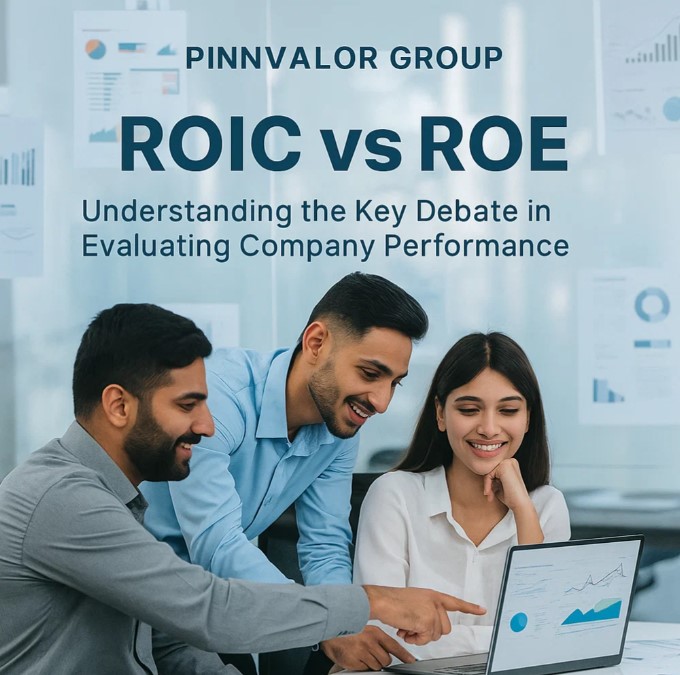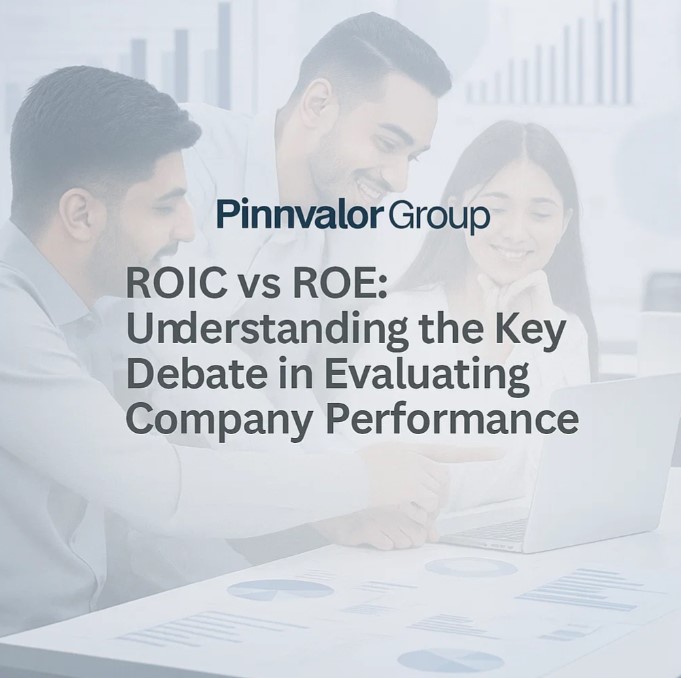
ROIC vs. ROE: Understanding the Key Debate in Evaluating Company Performance
When it comes to analyzing a company’s financial performance, investors and analysts often encounter two powerful—but sometimes confusing—metrics: Return on Invested Capital (ROIC) and Return on Equity (ROE). Both ratios measure profitability, yet they provide different perspectives on how efficiently a company generates returns. Understanding the distinction between ROIC and ROE is crucial for making informed investment decisions and evaluating long-term growth potential.
Which tells the truth about value creation: ROIC or ROE?
ROE shows how efficiently a company uses shareholder money, but ROIC reveals the true power of all invested capital. Look beyond the numbers to see real value creation.
What is ROE?
Return on Equity (ROE) measures how effectively a company uses shareholders’ equity to generate profit. In simple terms, it answers the question: “How much profit am I earning for every dollar of shareholder investment?”
Formula:
ROE = Net Income / Shareholders’ Equity
Why ROE matters:
- It shows the efficiency of equity capital usage.
- Higher ROE can indicate strong management performance.
- Commonly used to compare companies within the same industry.
Limitations of ROE:
- ROE can be artificially boosted by high debt levels, which reduce equity but increase leverage.
- It ignores the company’s total capital structure and debt obligations.
What is ROIC?
Return on Invested Capital (ROIC) measures the return a company generates on all capital invested in the business, including both equity and debt. Essentially, ROIC answers: “How effectively is this company using all its resources to generate profit?”
Formula:
ROIC = Net Operating Profit After Taxes (NOPAT) / Invested Capital
Where Invested Capital = Equity + Debt - Non-operating Assets
Why ROIC matters:
- Provides a more holistic view of operational efficiency.
- Shows how well management uses both equity and debt to generate returns.
- Less susceptible to distortion from financial leverage compared to ROE.
Limitations of ROIC:
- Can be harder to calculate due to adjustments needed for operating profit and invested capital.
- Less commonly reported than ROE, requiring more effort to analyze.
ROIC vs. ROE: Key Differences
| Feature | ROE | ROIC |
|---|---|---|
| Measures | Return on shareholders’ equity | Return on total invested capital (equity + debt) |
| Focus | Shareholder perspective | Overall capital efficiency |
| Influenced by | Leverage (debt levels) | Operational efficiency, independent of leverage |
| Risk of distortion | High if company has high debt | Lower, provides a clearer picture of true profitability |
| Common use | Comparing equity returns across companies | Evaluating long-term value creation and management performance |

Why the Debate Matters
Investors often debate which metric is “better” because each tells a different story:
- ROE may overstate profitability in highly leveraged companies. A firm with a small equity base and high debt can show a stellar ROE while being financially risky.
- ROIC offers a truer picture of value creation since it considers all capital invested. Companies with high ROIC relative to their cost of capital are likely generating sustainable returns.
Example:
Imagine two companies:
- Company A: ROE = 25%, ROIC = 10%
- Company B: ROE = 15%, ROIC = 14%
Company A appears more profitable based on ROE, but its ROIC shows it may be heavily leveraged and less efficient overall. Company B, with slightly lower ROE but higher ROIC, is likely creating more sustainable value.
How to Use Both Metrics Together
The most insightful analysis often comes from looking at ROE and ROIC in tandem:
- Compare ROE to ROIC: If ROE significantly exceeds ROIC, it may indicate high leverage.
- Assess sustainability: High ROIC above the company’s cost of capital suggests long-term value creation.
- Industry benchmarking: Some sectors naturally carry more debt; ROIC helps normalize comparisons across capital structures.
Key Takeaways
- ROE focuses on shareholder returns and is simple to calculate, but it can be misleading if a company has high leverage.
- ROIC provides a more comprehensive view of operational efficiency, accounting for all invested capital.
- Investors should use both metrics to evaluate profitability, risk, and sustainable growth.
- A high ROIC relative to the cost of capital is a strong indicator of a company’s ability to create long-term value.
In the debate of ROIC vs. ROE, there is no single winner. ROE offers a quick snapshot of equity efficiency, while ROIC gives a deeper insight into overall capital productivity. By understanding their nuances, investors can make smarter, more informed decisions and identify companies that are truly creating value.
